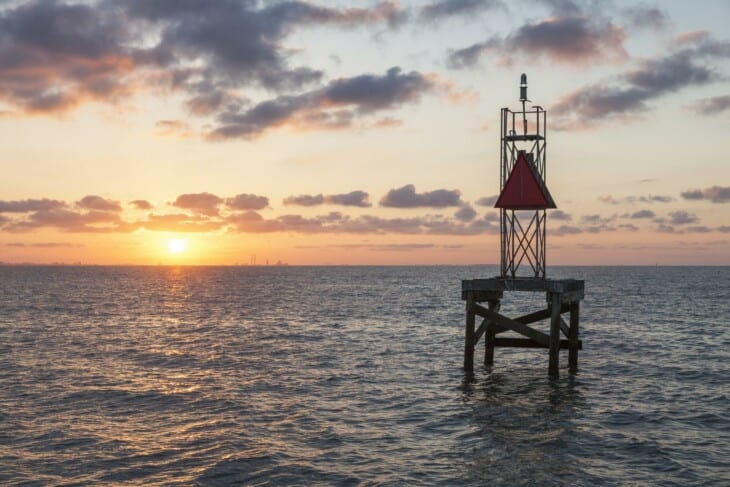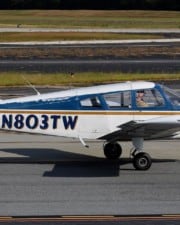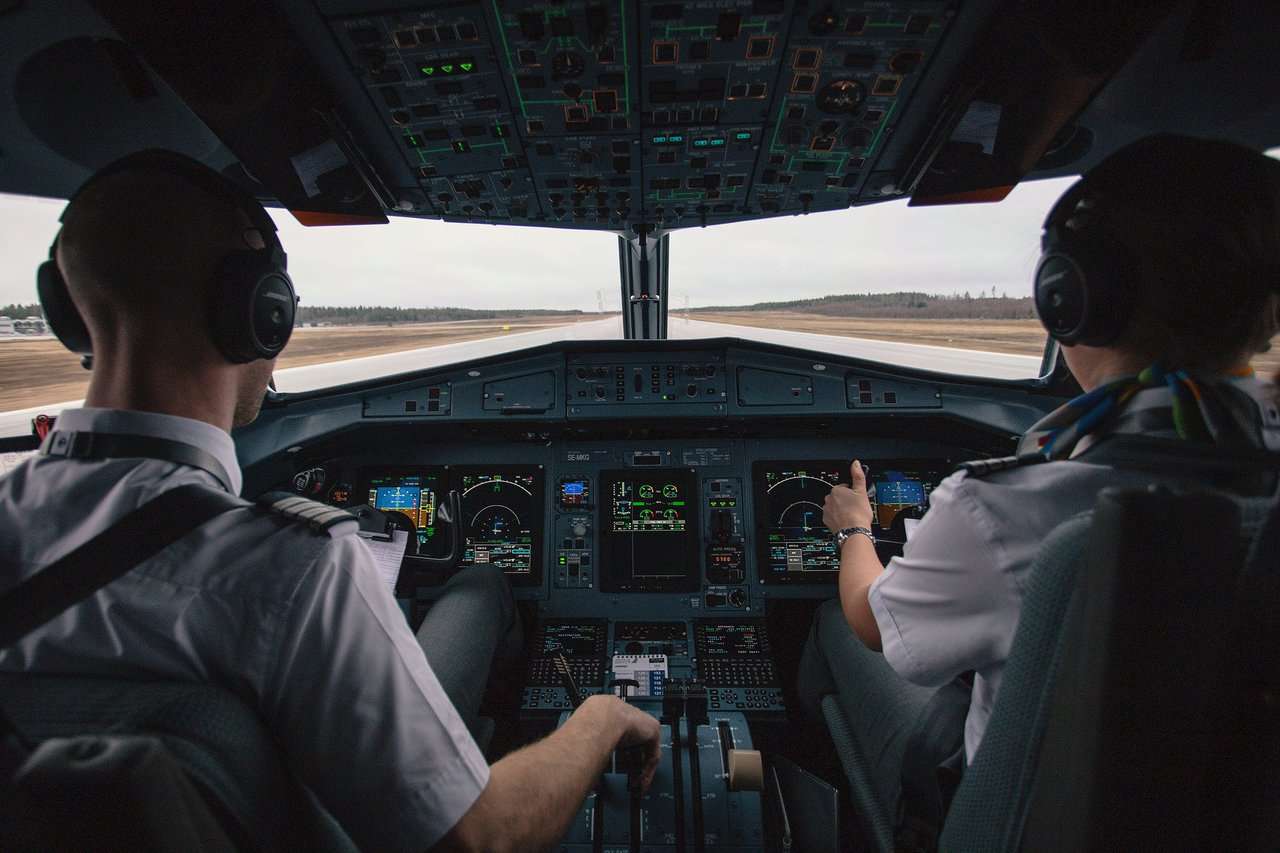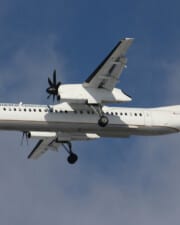If you look at a route map of airplanes, including small private aircraft, you might notice some unusual features. Flights don’t seem to go in a straight line or take the shortest possible distance between two points but fly curved. Others avoid certain bodies of water, such as the Gulf of Mexico. In our day of modern technology, when planes can fly over oceans, why don’t airplanes fly over the Gulf of Mexico?
The truth is that only certain planes fly over the Gulf of Mexico. Large passenger jets fly the route all the time, but smaller planes avoid it. The reason is that there are regulations governing when planes can fly over large bodies of water, and many charter or personal aircraft don’t have the equipment to make the crossing.
There are many conspiracy theories surrounding flight, including the logistics of flying across the Gulf of Mexico. Here is the truth about this flight route.
Do Planes Ever Fly Over the Gulf of Mexico?
It’s not true that planes don’t fly over the Gulf of Mexico. Looking at the route map of most major United States airlines, such as American Airlines, will show you frequent connections between the United States, Central America, and the Caribbean that fly over the Gulf of Mexico.
It’s true that sometimes airlines will adjust routes to avoid the Gulf of Mexico, particularly during hurricane season when severe weather in the Gulf is more common. However, most will stick to the shortest route across the Gulf and try to avoid bad weather via radar.
Which Planes Avoid the Gulf of Mexico?
The idea that planes avoid the Gulf of Mexico is somewhat true—it’s just not the planes most people think of when they think of flying. Most pilots of sports planes or charter planes avoid the Gulf of Mexico.
However, there is nothing setting the Gulf of Mexico apart. Pilots of these planes tend to avoid all bodies of water, including lakes such as the Great Lakes. Most sports pilots avoid the Gulf of Mexico, particularly in the winter, because the prospect of spending hours in the cold, choppy water waiting for rescue isn’t pleasant.
Smaller planes don’t have the safety equipment to protect the lives of everyone on board in case pilots have to ditch and make a watery landing. Crash landing is also more common with smaller planes than with large passenger liners because they are less stable, especially when faced with bad weather.
Even daredevil pilots who may want to adjust their routes to fly over the Gulf of Mexico in their small planes cannot always do so. The FAA has specific regulations for pilots to get approval on routes that go over the Gulf of Mexico.
Besides getting their flight plans approved, pilots wanting to fly over the Gulf of Mexico must have a life raft, a life jacket for everyone on board, and an Emergency Locator Transmitter. For small charter planes where space is already at a premium, the time and space investment in this equipment is just not worth it. These pilots can still fly over the Gulf of Mexico as long as they are less than 50 miles off the coast.
Do Pilots Avoid Flying Over the Gulf of Mexico for Supernatural Reasons?
Some people claim that pilots don’t fly over the Gulf of Mexico because there is something supernatural. There are plenty of claims about what goes on in the center of the Gulf, from magnetic fields to aliens—one town on the Mexican coast even credits an alien base in the center of the Gulf with its protection from hurricanes.
However, there are no little green men hiding in the Gulf of Mexico (that we know of). There is no evidence of magnetic, extraterrestrial, or other anomalies besides violent hurricanes lurking in the Gulf’s waters. If there were, no planes would fly over the site at all. As it stands, the pilots who avoid the Gulf of Mexico do so for practical reasons.
How do Planes Deal with Hurricanes in the Gulf of Mexico?
One of the most common reasons airlines have for planning routes that go over the shore instead of the Gulf of Mexico is the prevalence of hurricanes. During hurricane season, which lasts from the beginning of summer to the late fall, the Gulf of Mexico and the Caribbean Sea are areas prone to hurricanes and tropical storms.
However, airlines don’t avoid the Gulf of Mexico altogether during hurricane season. Most hurricane and tropical storm clouds are low, so passenger planes can fly over the clouds or avoid the storm due to precise weather mapping. During very strong storms, airlines have to ground flights going near the Gulf altogether. This includes overland flights as well as flights cutting through the Gulf of Mexico.
Related Posts












